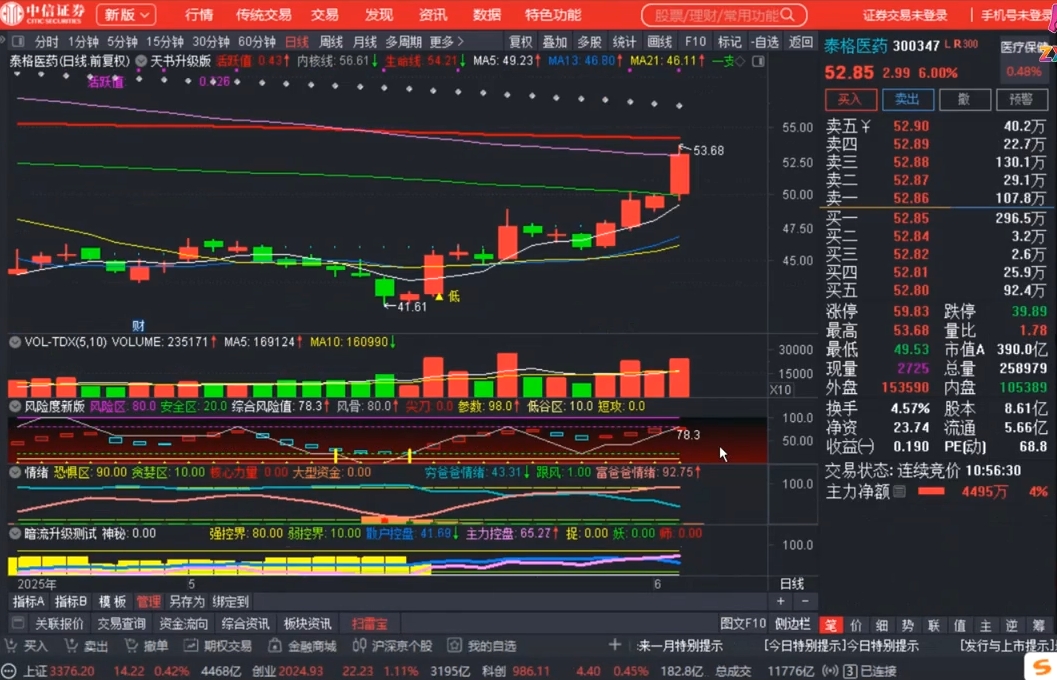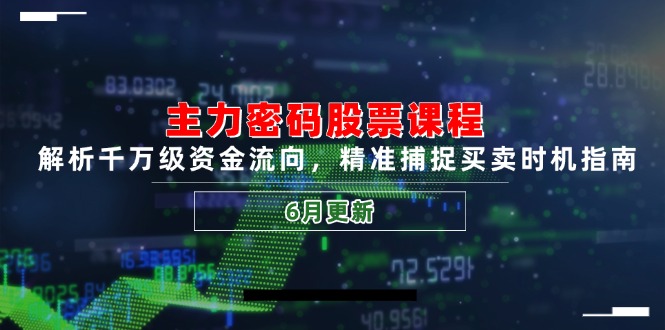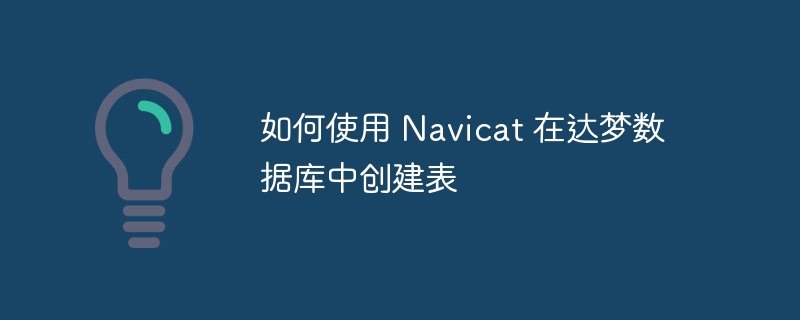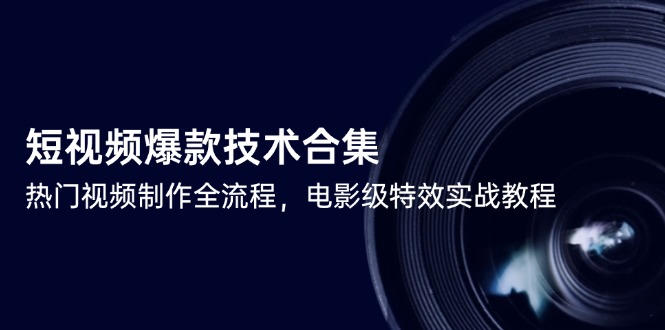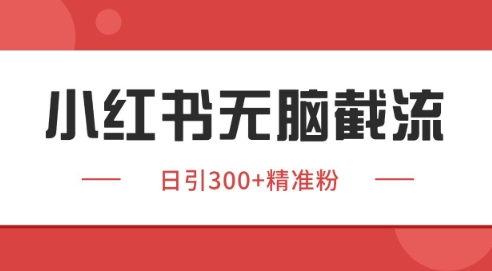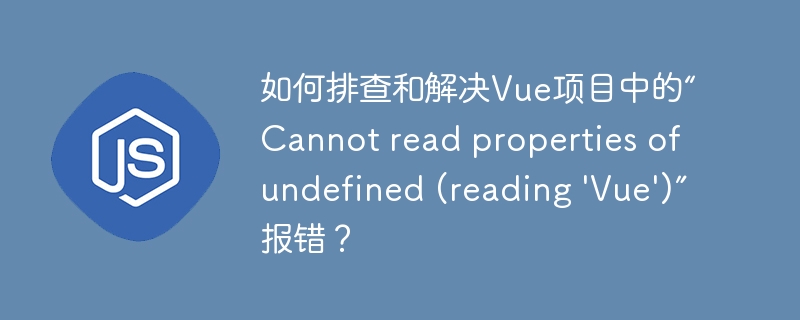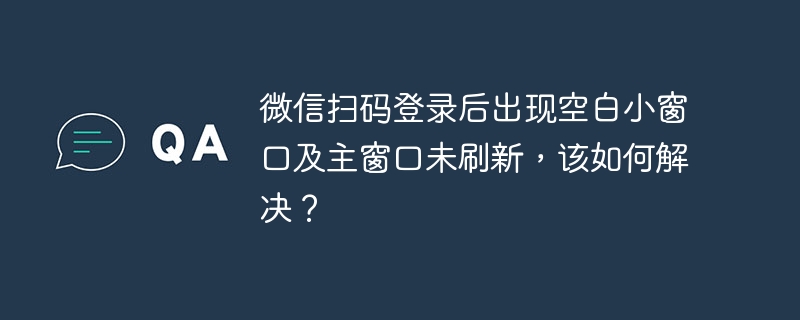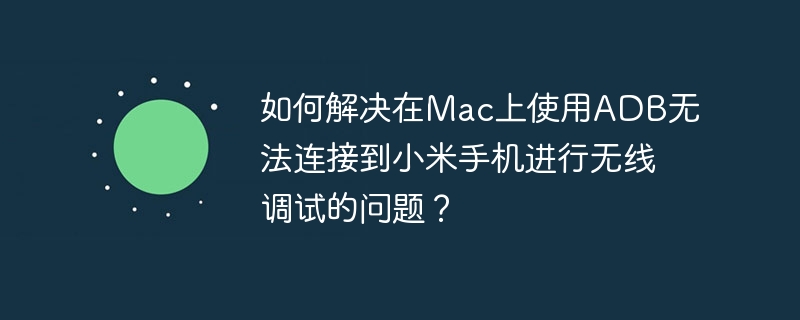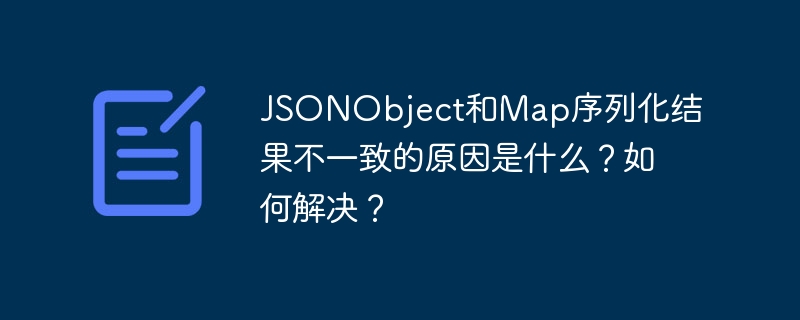
jsonObject與map序列化差異及解決方法
在Java中,使用不同的數據結構(例如net.sf.json.JSONObject和java.util.Map)進行JSON序列化時,可能會出現結果不一致的情況。本文分析此問題,并提供解決方案。
問題描述
以下代碼片段展示了使用JSONObject和Map處理包含type字段的數據,并使用ObjectMapper進行序列化的過程:
@Test public void testSerialization() throws JsonProcessingException { ObjectMapper objectMapper = new ObjectMapper(); List<String> type = Arrays.asList("a", "b"); JSONObject jsonObject = new JSONObject(); jsonObject.put("type", objectMapper.writeValueAsString(type)); System.out.println("JSONObject Result: " + objectMapper.writeValueAsString(jsonObject)); Map<String, Object> map = new HashMap<>(); map.put("type", objectMapper.writeValueAsString(type)); System.out.println("Map Result: " + objectMapper.writeValueAsString(map)); }
輸出結果可能如下:
JSONObject Result: {"type":["a","b"]} Map Result: {"type":"["a","b"]"}
可以看到,JSONObject的序列化結果為[“a”,”b”],而Map的序列化結果為”[“a”,”b”]”。 這源于ObjectMapper對JSONObject和Map的不同處理方式。
問題分析
net.sf.json.JSONObject是一個較為老舊的JSON庫,其與現代的ObjectMapper (Jackson庫) 的兼容性可能存在問題。ObjectMapper在處理JSONObject時,可能會將其視為一個特殊的JSON對象,而對Map則進行標準的鍵值對序列化。 這導致了序列化結果的差異。 直接將ObjectMapper用于序列化JSONObject并非最佳實踐。
解決方案
為了避免序列化結果不一致,建議使用更現代且功能強大的JSON庫,例如Jackson或Gson。 避免混合使用不同JSON庫。 以下是用Jackson庫重寫的代碼:
@Test public void testSerializationWithJackson() throws JsonProcessingException { ObjectMapper objectMapper = new ObjectMapper(); List<String> type = Arrays.asList("a", "b"); Map<String, Object> data = new HashMap<>(); data.put("type", type); // 直接放入List,無需二次序列化 System.out.println("Jackson Result: " + objectMapper.writeValueAsString(data)); }
此代碼直接將List
Jackson Result: {"type":["a","b"]}
此方法消除了不一致性,并提供了更簡潔、更易于維護的代碼。 建議完全遷移到Jackson或Gson等現代JSON庫,以獲得更好的性能和一致性。 避免使用net.sf.json.JSONObject。






